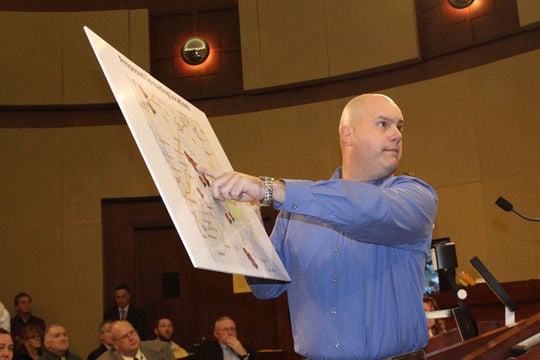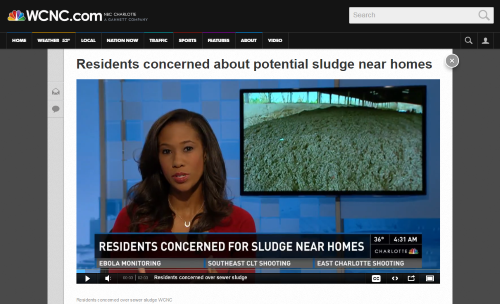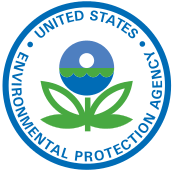Chronic Wasting Disease A Byproduct Of Sewage Mismanagement
June 14, 2015 by Gary Chandler
Sick Wildlife The Tip Of An Iceberg Chronic wasting disease (CWD) is ravaging wildlife in many regions across North America. It’s part of a larger epidemic of neurological disease that is killing millions of people, wildlife and livestock around the world. Once again, wildlife are serving as the proverbial canary in a coal mine.
CWD is part of an incurable spectrum disease called transmissible spongiform encephalopathy (TSE). The operative word is “transmissible.” Mismanagement of pathogens associated with the disease are contributing to a broader epidemic of neurological disease among wildlife, livestock and people.

Few, if any, mammals are immune to prion disease. There is no species barrier. It’s been found in dolphins, too, thanks to sewage runoff and sewage dumped at sea. It is likely contributing to the mass stranding of whales, too.







